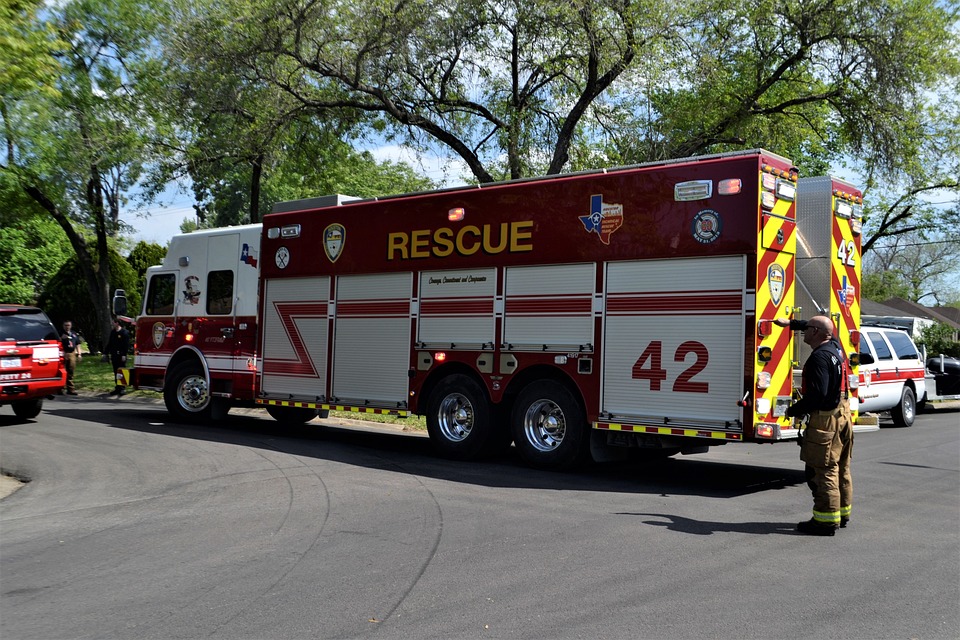In recent years, drones have become increasingly popular in the energy industry. From surveying pipelines to inspecting power lines, drones are revolutionizing the way energy companies operate. But what exactly are drones and how can they help improve energy security?
Drones, also known as unmanned aerial vehicles (UAVs), are aircrafts that are operated remotely or autonomously. They are typically equipped with cameras, sensors, and other technology that allow them to capture data and images from the air. This data can then be used to monitor and inspect energy infrastructure, such as pipelines, power lines, and wind turbines.
The use of drones in the energy industry has several advantages. First, they can help reduce the cost of energy infrastructure inspections. By using drones, energy companies can save money on labor costs and reduce the risk of injury to personnel. Additionally, drones can provide more accurate data than traditional methods, allowing energy companies to make more informed decisions.
Drones can also help improve energy security. By using drones to monitor energy infrastructure, energy companies can detect potential problems before they become major issues. This can help reduce the risk of outages and other disruptions, ensuring that energy supplies remain reliable.
Finally, drones can help energy companies become more efficient. By using drones to inspect energy infrastructure, energy companies can identify areas that need improvement and make necessary changes quickly. This can help reduce energy costs and improve the overall efficiency of energy production.
Overall, drones are a key tool for improving energy security. By using drones to monitor energy infrastructure, energy companies can reduce the risk of outages and other disruptions, save money on labor costs, and become more efficient. As the technology continues to improve, drones will become even more important in the energy industry.

























